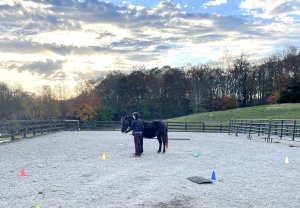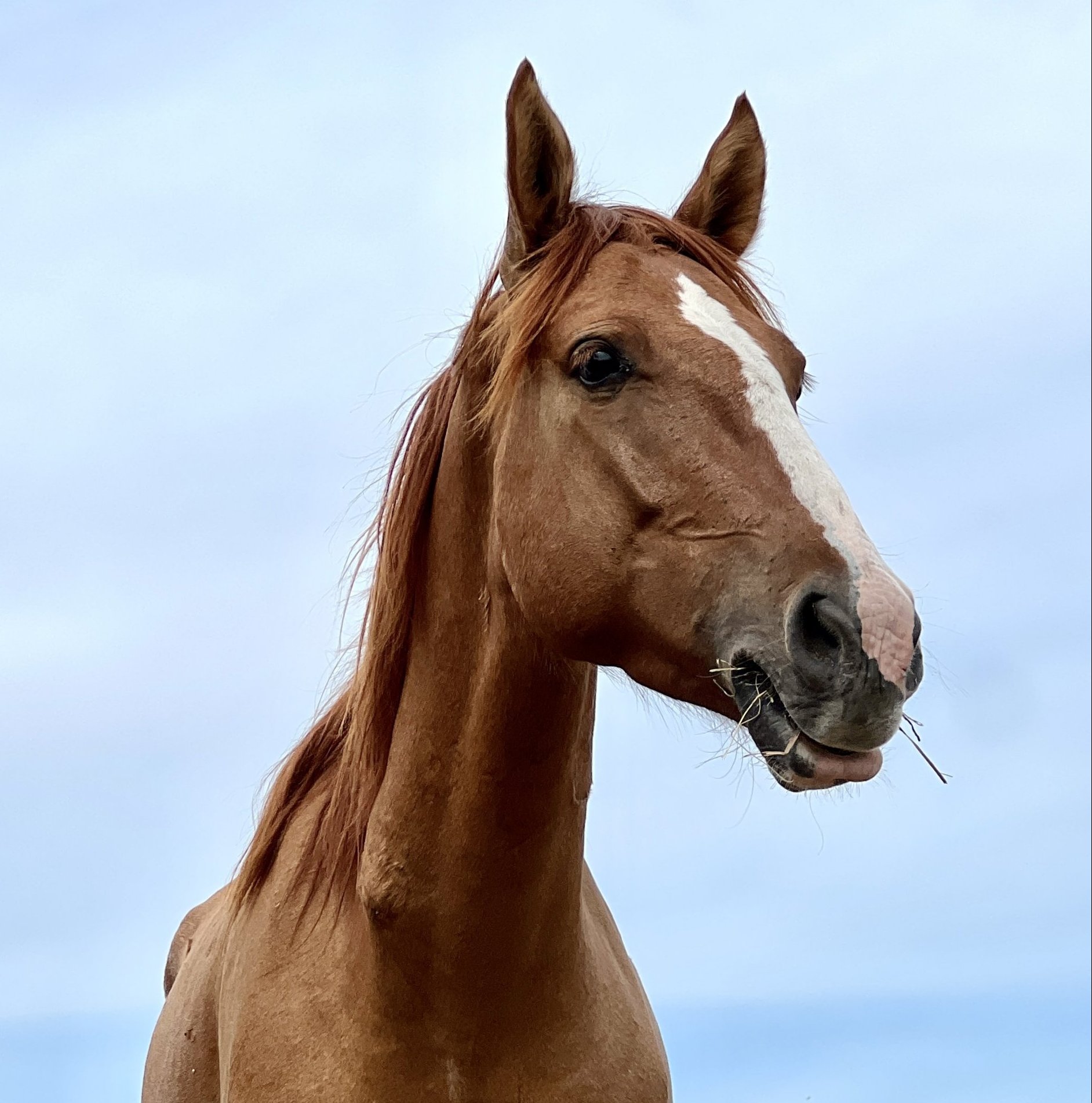
A couple of weeks ago, a black bear moseyed into my backyard and bent the pole of one of my bird feeders to access the seeds inside. I ran outside like a lunatic, clanging a pot and its lid, yelling “Get away, get away, get away!” I was conflicted. While I knew I was following DEC guidelines for bear encounters, I hated to see him leave. I loved seeing a bear doing what a bear does.
Usually with wildlife in my yard — groundhogs, deer, foxes, bunnies — my tone is gentle when I speak to them: “Be safe,” I tell them. “Stay away from the roads and protect your babies.” But this bear had already been tagged twice, and I know that the fate of a “nuisance bear” is often ominous: relocation at best, but sometimes, if the bear is deemed too comfortable around humans, euthanasia. My noisy lunacy was in the best interest of the bear.
Once the bear left (slowly, mind you—the bear was not afraid of me in the least), I took down my feeders and haven’t put them up again. I read that bears have a sharp memory when it comes to food. Access to food is positive reinforcement for whatever behavior a bear is exhibiting. If the bear can feed itself by bending a pole, the bear learns to repeat that behavior. My taking down the feeders—removing the reward—was essential in teaching the bear not to return to our yard. We haven’t seen the bear since.
A day or two after the bear’s visit, in the ring at 13 Hands, I stumbled upon Taylor Culbert training her horse Theo. Taylor is an expert trainer who works with many 13 Hands rescues, preparing them for placement in their adoptive homes.
I hung out on the fence watching what I could easily call “magic.” Taylor had Theo walking around her at liberty (no ropes, no gadgets), placing his front two feet on a mat, waiting patiently for his cues. Taylor used her voice—gentle and assuring, a “click” sound, and treats to reinforce his stellar behavior. Theo appeared relaxed, even playful. Their connection was obvious — months of hard work evident in Theo’s level of trust.
The basic principle of Taylor’s training is to provide gentle, positive reinforcement for behavior she wants Theo to repeat. The term “clicker-training” is often used to describe this, though it’s a bit misleading. Maybe you’ve seen dog trainers use actual clickers, but you’ve also seen dolphin trainers use whistles, and you might have even seen trainers who work with hearing-impaired animals use a finger tap or a flash of light. The principle remains the same, though; the marker is a short, distinct signal which reinforces a particular behavior because it is followed by a reward. Taylor uses a click sound she makes with her mouth, which enables her to keep her hands free during the sessions. It works perfectly. Theo has learned to associate each of Taylor’s clicks with generous and consistent positive reinforcement—a tasty treat and well-deserved praise. Much like a bear whose behavior is shaped by the reward of food, Theo learns which behaviors trigger a positive result.
Taylor can teach Theo and the rescues she works with to stand still for grooming, to accept the veterinarian’s hands, to lift their hooves for the farrier and their adopters. I can’t stress how important this is. A long time ago at the barn where I boarded my horse, I witnessed a young gelding as he lashed out from fear when the farrier tried to handle his feet. It was a traumatic moment for both horse and farrier. Taylor’s work is crucial in getting the rescues ready to be cared for, in growing their confidence so that they can receive the hands-on attention their adopters will provide. In addition, her work deepens the connection between horse and human in profound ways. Just watch Theo, whose connection to Taylor is growing right alongside his confidence in himself.
Taylor offers clicker-training workshops at 13 Hands for anyone interested in learning more about this work. Contact the office for information. And in the meantime, keep your yard safe by removing rewards for bears.
Until next time,
Karen



